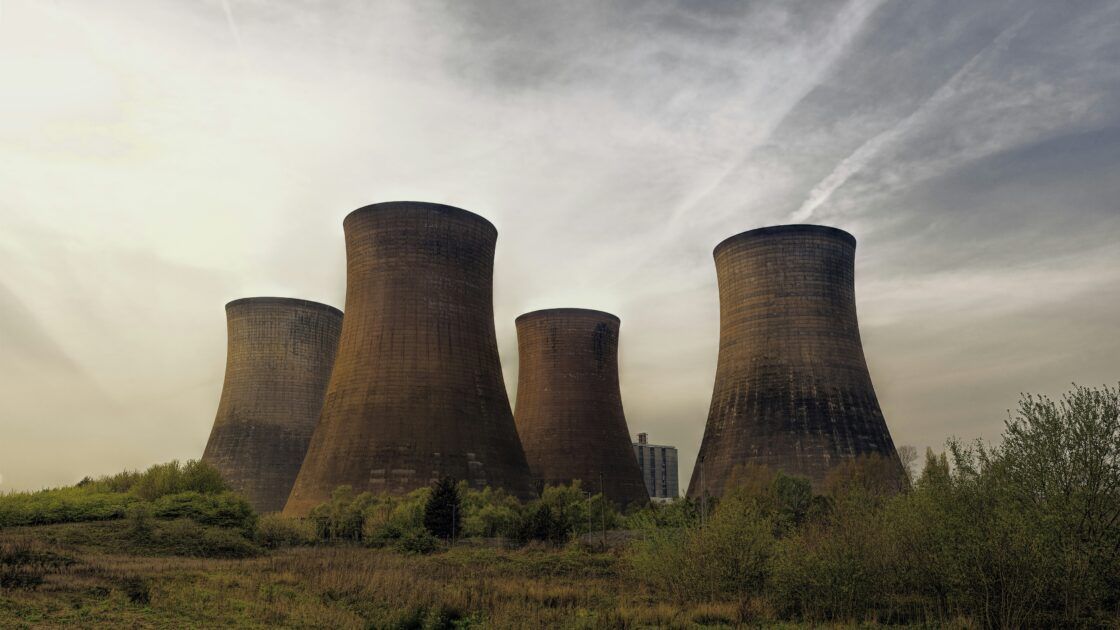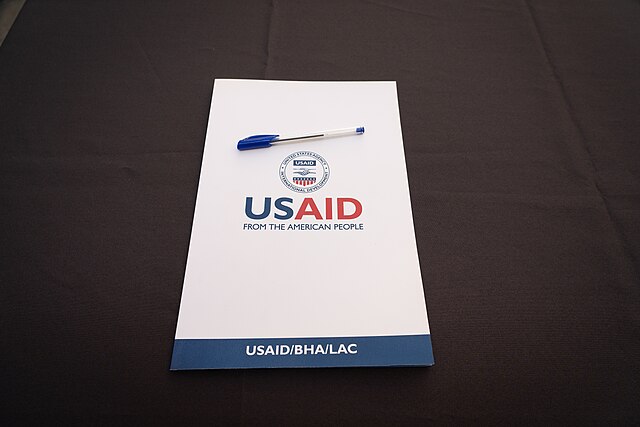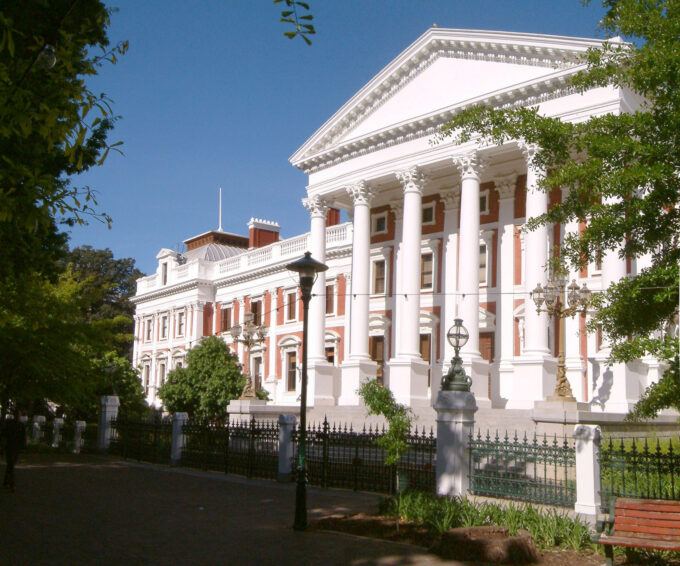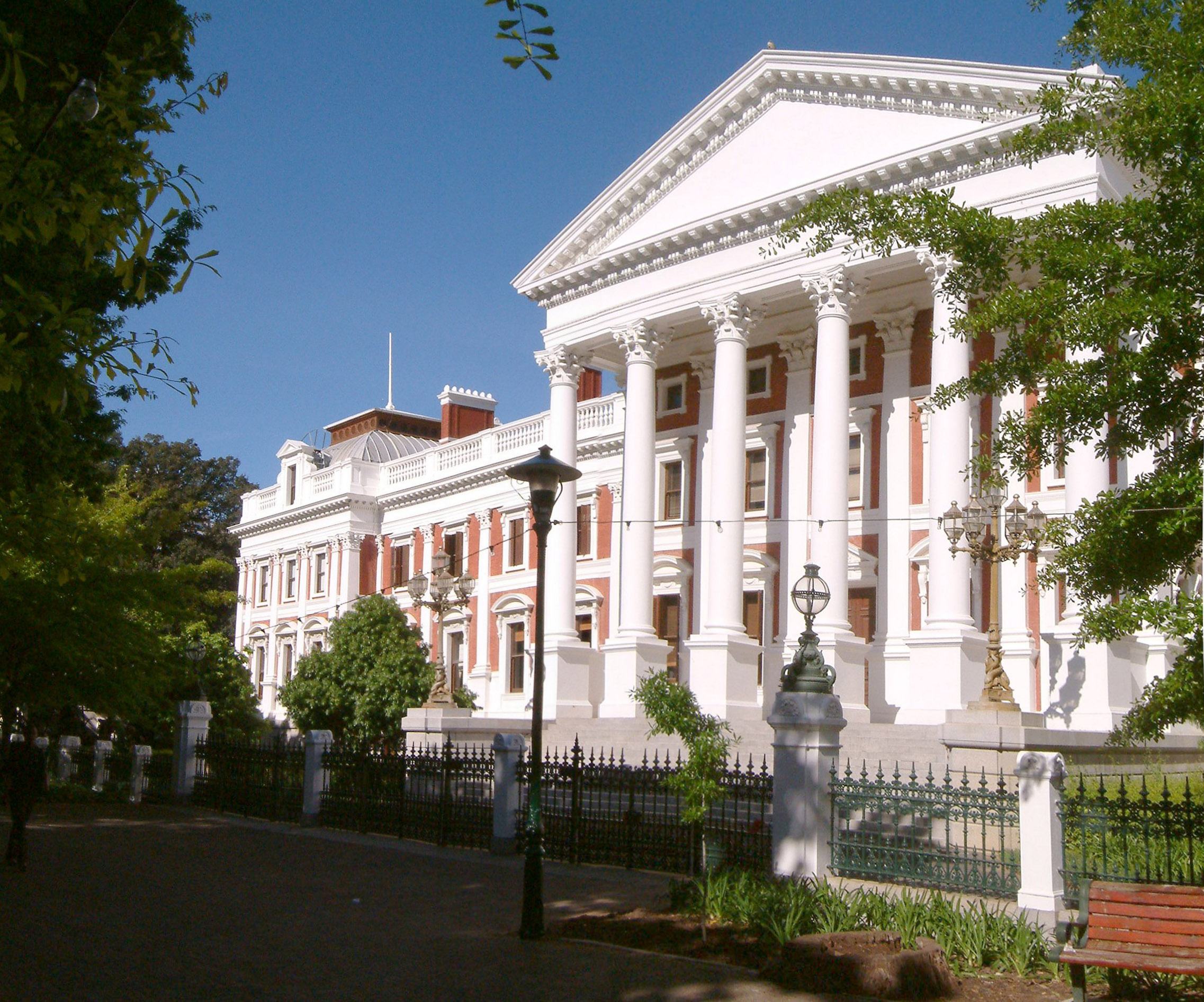
Photograph Source: Ministry of Defense of Ukraine – CC BY-SA 2.0
In a practice that might seem quaint if it weren’t so murderous, the American uniparty is currently assigning party colors to its ‘boutique’ wars in Ukraine and West Asia. While these wars were arguably started by, and are being prosecuted by, the United States, the powers that be in the US have apparently determined that branding them by team color (Red v Blue) would effectively preclude the development of a national anti-war response.
In this light, the (New York) Times recently shat out the second installment of its ex-post recitation of CIA talking points crafted with a method that I call ‘cat-litter journalism.’ The focus of the new Times’ piece is the American war in Ukraine. Should this read as a misstatement to you, that maybe it is a war between Ukraine and Russia, tell it to the New York Times. The gist of the Times piece is that the Americans would have won the war if it hadn’t been for the Ukrainians.
The phrase ‘cat-litter journalism’ refers to the near-random assemblage of earlier reporting by the Times that has been reassembled to convey the illusion that its ‘reporting’ ties to any determinable facts. Deference to authority is another way to describe the piece. Without footnotes and / or links, the assertions made in the piece are a compilation of the least plausible state propaganda of recent years crafted for the post-election political dynamic.
‘In some ways, Ukraine was, on a wider canvas, a rematch in a long history of U.S.-Russia proxy wars — Vietnam in the 1960s, Afghanistan in the 1980s, Syria three decades later.’ nytimes.com’ 3/29/25.
For readers upset by the prospect of their favorite war losing its luster, fear not. The political logic of Donald Trump’s rapid policy dump upon entering office is the ethereal nature of Presidential power. For good and not-good reasons, Mr. Trump is about to hit a wall of institutional pushback. Further, his ‘peace through strength’ schtick (borrowed from Richard Nixon) is a serious misreading of the current political environment.
The reason why New York Times reporters are acting like rats fleeing a sinking ship with respect to the CIA’s war in Ukraine is that the Ukraine ship is sinking. Don’t take my word for it. The new US Intelligence Assessment for 2025 states 1) that Ukraine (the CIA) has substantially lost the conflict, and 2) nothing that the West has at its disposal will turn the situation around. Having a chair to sit in when the music stops is the political needle being threaded.
Russia in the past year has seized the upper hand in its full-scale invasion of Ukraine and is on a path to accrue greater leverage to press Kyiv and its Western backers to negotiate an end to the war that grants Moscow concessions it seeks. dni.gov.
The political logic of parsing the war in Ukraine from the genocide in West Asia goes like this, 1) by US calculations, there is no way for the West to prevail in Ukraine, and 2) attending to the denouement in Ukraine when a promise of genocide has been sold to a foreign adversary (Israel) requires operational consolidation. Once the US moves outside of Gaza (it already has), Greater Israel begins to resemble Poland on August 31, 1939.
For those who may have forgotten, here is the leader of the Blue Team telling us that ‘Putin has already lost the war’ in mid-2023. Two years later, the New York Times is belatedly informing us that it was the Ukrainians who lost the war; that the US is blameless, if not heroic, for its ‘support’ of Ukraine; and that maybe the US should have gotten one-million citizens of a more deserving nation killed for the privilege.
That British ‘intelligence,’ MI6, was active in both the Russiagate fraud and in maintaining friendly relations with Ukrainian fascists from 1944 to the present so that they were available for service in Ukraine 2013 – present, argues for ending the Five-Eyes Alliance and criminally charging the Brits for interfering in American elections. The problem is that the Western ruling class has demonstrated itself to be immune from public sanction.
That the leader of the Blue Team was the largest recipient of legal bribes from supporters of Israel in Congress unites him in a deep moral commitment to genocide with Donald J. However, in the American terms of discourse in 2025, Donald Trump ‘got the better deal.’ Miriam Adelson contributed $150 million to Mr. Trump’s 2024 campaign, with $100 million of it reportedly dedicated to improving the lives of Western arms dealers. Joe Biden only got four million dollars for his genocide.
This ‘genocide for hire’ posture of America 2.0, where US foreign policy does the bidding of foreign adversaries in exchange for specific payments to specific politicians, might seem irredeemably corrupt. In fact, it is irredeemably corrupt. However, there is a political term— ‘imperialism,’ that rehabilitates corrupt acts under the nuevo-scriptural precept of ‘kick their ass and steal their gas’ that is emerging from the gold toilet crowd.
Were it not for the earlier ‘coming-clean’ piece from the Times that began in the aftermath of the US – British coup in Ukraine in 2014, the US timeline found in the recent Times article would be inexplicable. How could the timelines match US state propaganda so perfectly given that between the two articles, pretty much everything that the Americans and Brits said about the conflict was later restated in materially different terms?
Further, as the vile, offensive, and yes, fascistic, efforts by the Trump administration to quell domestic rebellion against corrupt acts by politicians taking money from adversarial foreign governments to commit genocide, the ship of state is struggling. Threatening Americans with deportation, imprisonment, and being disappeared for expressing their constitutionally protected right to object to these policies is profoundly anti-American under the existing terms of discourse.
Ominously for we, the people, Donald Trump was able to extract far more money than Joe Biden was for a roughly equivalent genocide (thus far). Yes, under US law, American politicians can take money from adversarial foreign governments which personally benefits them, and not the United States, in exchange for the promise that the US will commit genocide against foreign nationals for the benefit of other foreign nationals. Question: where is MAGA on this?
If any of this suggests a path out of the current mess through electoral politics, the evidence doesn’t support that conclusion. Here is one of the several pieces that I wrote in and around early 2019 where I correctly argued that were Joe Biden to be elected, he would fail to govern and that Donald Trump, or someone worse, would follow Biden. That is what happened. I was right, and the DNC just reelected Donald Trump.
For those who don’t see it yet, Donald Trump is in the process of imploding politically. His economic policies, which share quite a bit with Bill Clinton, Barack Obama, and Ronald Reagan, are ideological— based on a group of like-minded people sitting around making shit up with no one to challenge them. He doesn’t understand basic economics well enough to avoid the catastrophe-in-the-making that his policies will produce.
Firing tens of thousands of Federal workers without a coherent plan to reemploy them both raises the unemployment rate and lowers wages. As I’ve previously written, adding former Federal employees to the unemployment line increases the number of workers vying for a limited number of jobs, thereby leading the most desperate to accept lower wages. Rising unemployment and falling wages is a recipe for electoral defeat.
With respect to liberal fears of a Fourth Reich, ex-CIA Larry Johnson and others familiar with military production argue that the lead time from cold start to having weapons in hand is a decade. When existing facilities can be used, this lead time can be reduced to three years. In its wisdom, the US began firing its skilled manufacturing workforce in the 1970s. Skilled work in 2025 is ‘influencing’ teenagers to buy Viagra for their pet gerbils on YouTube.
When Mr. Trump references ‘peace through strength,’ he asserts that while his aim (‘peace’) is virtuous, his method will be the threatened or actual use of violence to achieve it. The social logic is that the party being threatened has a choice to surrender or be killed. This framing has been used by repressive power for millennia to claim that political repression maintained through violence is ‘peace.’ In so doing, the term is emptied of content. The definition of peace is reduced to ‘not death.’
The political benefit of this approach for empires is that it frames repressive political power as a defense of peace, and its opponents as the instigators of violence. In history, the US is only two generations from the ‘Indian Wars,’ where innocent settlers ‘were overwhelmed and slaughtered by ignorant savages,’ for those who buy Hollywood’s version of the history. Howard Zinn’s A People’s History of the United States and Robert Hughes’ The Fatal Shore illustrate the genocidal versions of this view-from-power of ‘peace.’
How the phrase (peace through strength) was heard on the campaign trail by Mr. Trump’s constituents was likely through the anti-historical fantasy that the US has won the wars that it has engaged in since WWII. As actual history has it, it was the Russians who won WWII. Richard Nixon used the term, combined with his claim that he had a ‘secret plan’ to end the US war in Vietnam. He didn’t. Nixon ended up expanding the war to Laos and Cambodia before the ignominious ‘fall of Saigon’ in 1975.
With respect to the US proxy war in Ukraine, the precise social logic of Mr. Trump implying that the Biden administration was ‘weak’ in threatening imminent nuclear annihilation in the latter days of the administration begs the question of what the word means? Is ending the world a sign of strength? To whom? Who would be alive to judge the matter, and what would be the consequence of any such judgment?
One might have imagined that Times readers previously burned by its fraudulent reporting regarding Iraq’s WMDs and Russiagate would have felt ‘twice bitten, thrice shy’ with respect to its Ukraine reporting. Implied in the steadfastness of its readership is that getting true information about the world isn’t— is not, why its readers read the Times. Or perhaps, Times readers like their news several years after the fact, when it can be found in the ‘corrections’ section.
The residual purpose of the New York Times is to demonstrate that Pravda in the waning days of the Soviet Union is the model to which the American press aspires. But this is only a ‘press’ story to the extent that the volunteer state media in the US doesn’t require threats to carry water for power. They want to do so. It gives them purpose, and the occasional invitation to the right dinner party.
I wrote early on in the US war in Ukraine that the Ukrainians ‘would rue the day that they ever heard of the United States.’ With the New York Times now blaming the Ukrainians for the American loss against Russia, they join the Palestinians in being tossed onto the garbage heap of empire. So are the Russians. The difference is that the Russians can take care of themselves. That is why American imperialists hate Russia so much. They don’t control it.
The post New York Times Throws Ukraine Under the Bus, Admits US Proxy War appeared first on CounterPunch.org.
This content originally appeared on CounterPunch.org and was authored by Rob Urie.



































